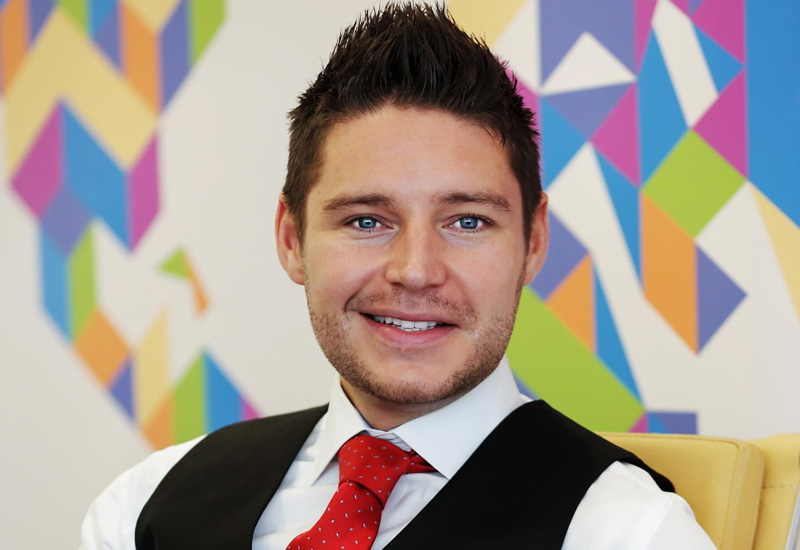Brndstr’s CEO Simon Hudson explains how hoteliers can take social media and engagement to the next level.
Today, people have taken most of their travel plans online, which has translated into over 148 million online bookings each year. According to E-Marketer, that’s 57% of all travel reservations.
While many hoteliers have embraced social media, a Facebook page and Twitter account is no longer enough — a more creative and engaging approach is required.
“When thinking social,” comments Hudson, “it’s not just about having a Twitter, Pinterest, Facebook or Instagram account. Today’s consumer behaviour is changing. Millennials grew up in a technology-driven world where being connected is an expectation and Wi-Fi a human right. Add on to that, the need for urgency and immediacy and you have a situation where if a brand does not engage quickly and authentically, they will certainly lose out in the loyalty game.”

| Advertisement |
Just like any strategy, a marketing and online plan needs to have an objective and a key target to achieve. These need to align with the overall business goal; otherwise social activity can be a waste of time and money. The question every GM should be asking is: “How is our social activation impacting the business? Today, the brand website is driving 65.4% of online bookings. So although people think that all the bookings are happening on merchant websites like Expedia, hotels.com, etc. in reality, they only make up 19.5% of the sales (Source: www.statisticbrain.com).
As a result, argues Hudson, there’s an opportunity for brands to further enhance the conversion: “By engaging prospective guests, marketers can drive traffic to their website, increase sales, create an engaging conversation, and build brand loyalty. One of the best examples of guest engagement is the #MaxineTakesManhattan campaign, which the Four Seasons led by having a plush toy explore Manhattan taking pictures of things to see. The campaign encouraged people to guess Maxine’s location in New York City and post pictures on social media channels to enter a competition to win a gift card. As a result, the hotel saw a 5% revenue increase in weekend business, 10% increase in Facebook fans and a 19% increase in Twitter followers.”
While the Middle East often looks internationally for inspiration, the region is one of the highest in terms of social media penetration. Hudson also offers a local example of hoteliers taking social media to the next level: “We have been working with a hotel in Dubai where they place emojis and #tags around the resort encouraging guests to share photos for the chance to win a room upgrade during their stay.
This works well as it is real time and reactive - guests get instant gratification and the hotel gets increased engagement with on-the-ground content they can share online showcasing a ‘through the eyes’ experience from guests. These ‘brand ambassadors’ or ‘Brndstrs’ help the hotel communicate rich, engaging, shareable content across social media.”
Another innovative example currently being tested by a hotel is the use of a sad faced Emoji that a user tweets if they are unhappy with the service they get during their stay. Hudson explains: “Because the hotel connected the user’s Twitter handle to their booking, they now know exactly what room the guest is in and can react immediately, muting the negative comments that could follow.”
Creative technology has always been seen as complex and expensive to implement —however with tools that companies provide, it is now easier to make social media impact the bottom line.









 Search our database of more than 2,700 industry companies
Search our database of more than 2,700 industry companies









